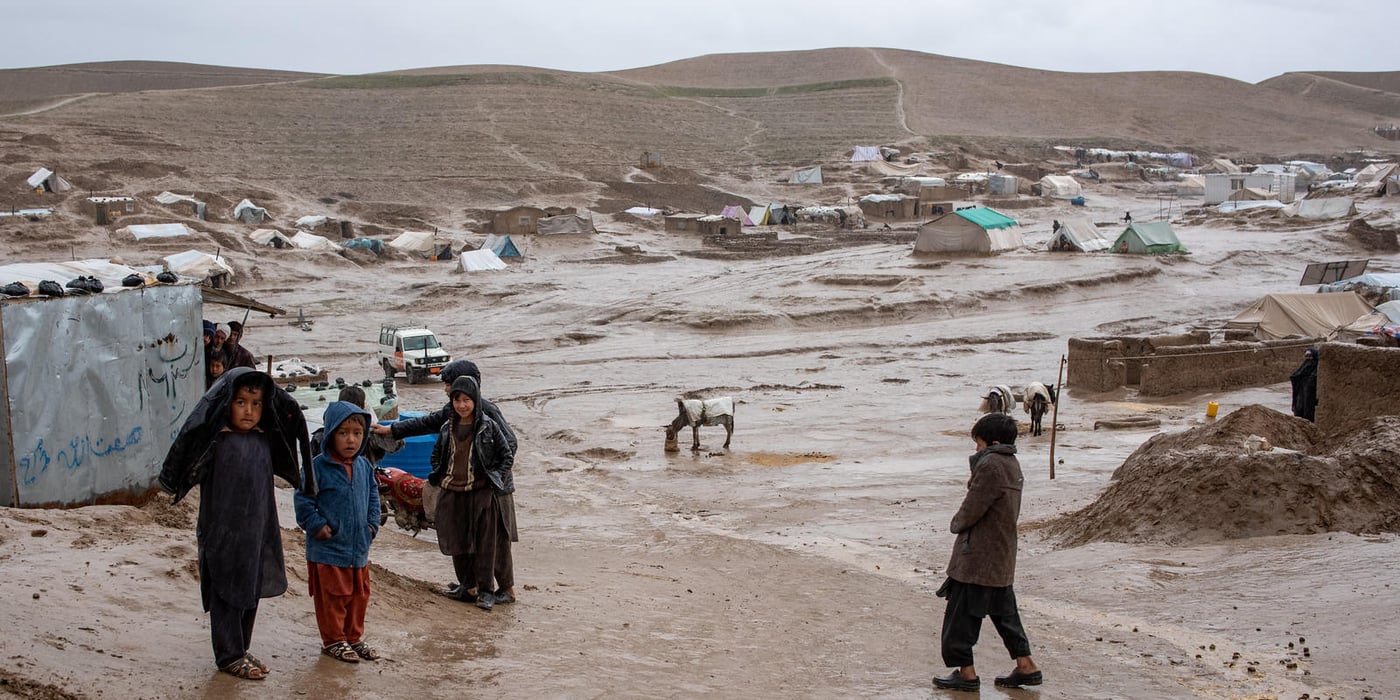Super typhoon “Haiyan” displaced 4.1 million people in the Philippines. Though severe, “Haiyan” was just the latest in a series of disasters striking the island nation. Since November, more localised storms have continued to disrupt the lives of communities in the country.
Similarly, but under very different circumstances, the tsunami triggered by the Tohoku earthquake in Japan in March 2011 caused a nuclear meltdown in Fukushima that displaced 475,000 of people. Three years later, around 270,000 of the evacuees are still displaced and in temporary housing – including around 50,000 people for whom returning home to Fukushima may never be possible at all.
Disasters are expected to cause increased displacement worldwide in the coming decades, and there is a growing consensus that the effects of climate change is, and will continue to be, a major driver of displacement. States and other decision-makers are faced with a need to better prepare for this challenge. Arvinn Gadgil, Director of Partnerships and Policy at NRC, sees this as our time's biggest challenge:
“The jury need consult no more, the evidence is clear. This is the beginning of a new megatrend. Thousands of lives are being put in jeopardy by weather extremes. Water and wind, sun and sand, amplified by climate change, will push more and more people to move from their homes to become displaced. This challenge is global, and monumental. The responsibility and responsiveness of states and international organisations is about to be severely tested. Countries with populations at risk, such as the Philippines, need attention and support to build lives and livelihoods that can withstand the onslaught of extreme weather events,” says Gadgil.
The displacement risk associated with disasters and climate change can be mitigated through building community-based resilience, reducing disaster risk, adapting to climate change impacts, and ensuring the human rights of especially the most vulnerable populations are protected. Arvinn Gadgil emphasises the importance of this work in the aftermath of a disaster:
“It is important to ‘build back better’ after a disaster hits and ensure that even a tragic event like a typhoon becomes an opportunity to strengthen communities and make them more resilient,” Gadgil says.
"Silent disasters"
In cooperation with NRC, Euronews presents “Philippines: Storm Warning”, a special report on the aftermath of Haiyan and the lesser, more localised storms, which hit the archipelago with increasing intensity and frequency.
"Faces From Fukushima" tells the story of displacement after Fukushima, on the occasion of the third anniversary of Japan’s earthquake-tsunami.



